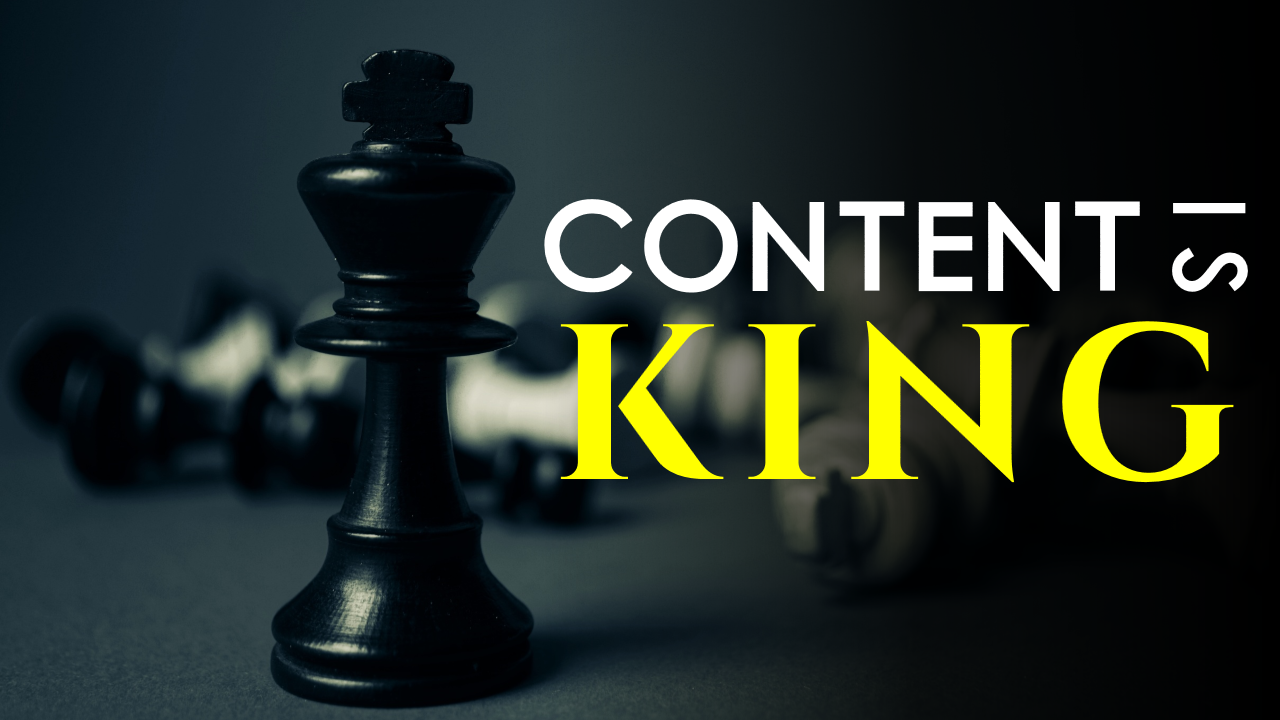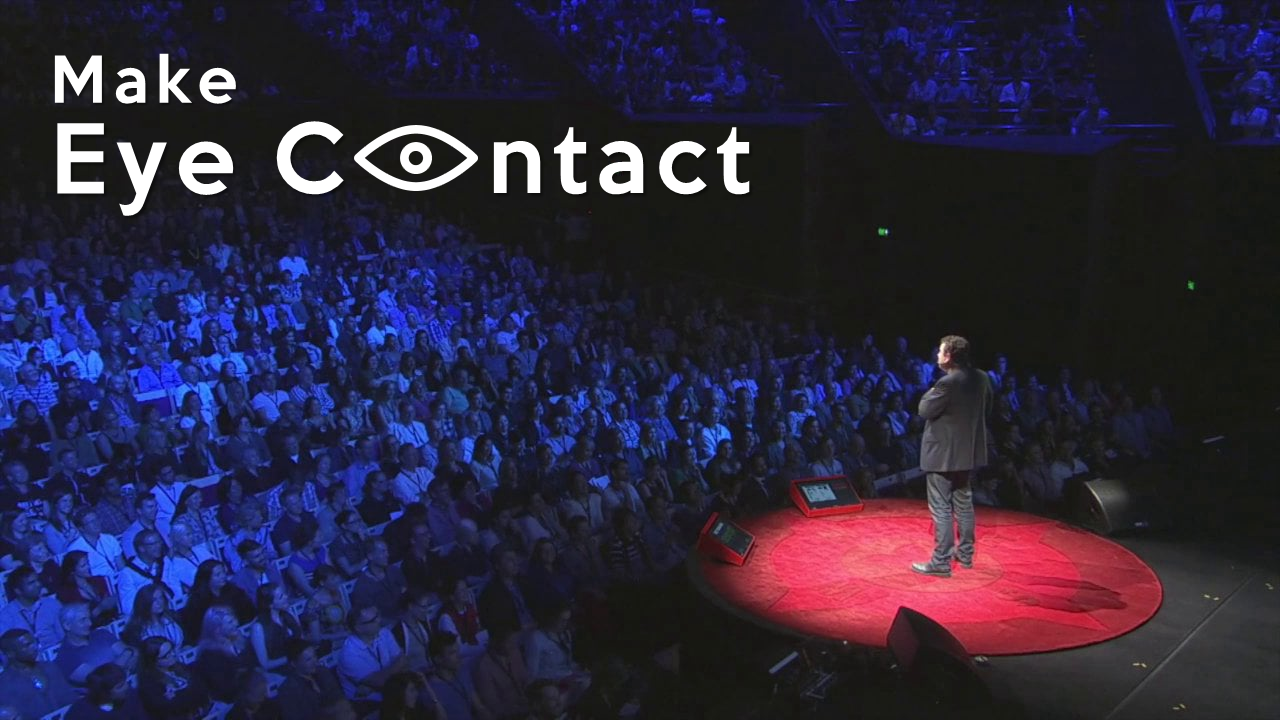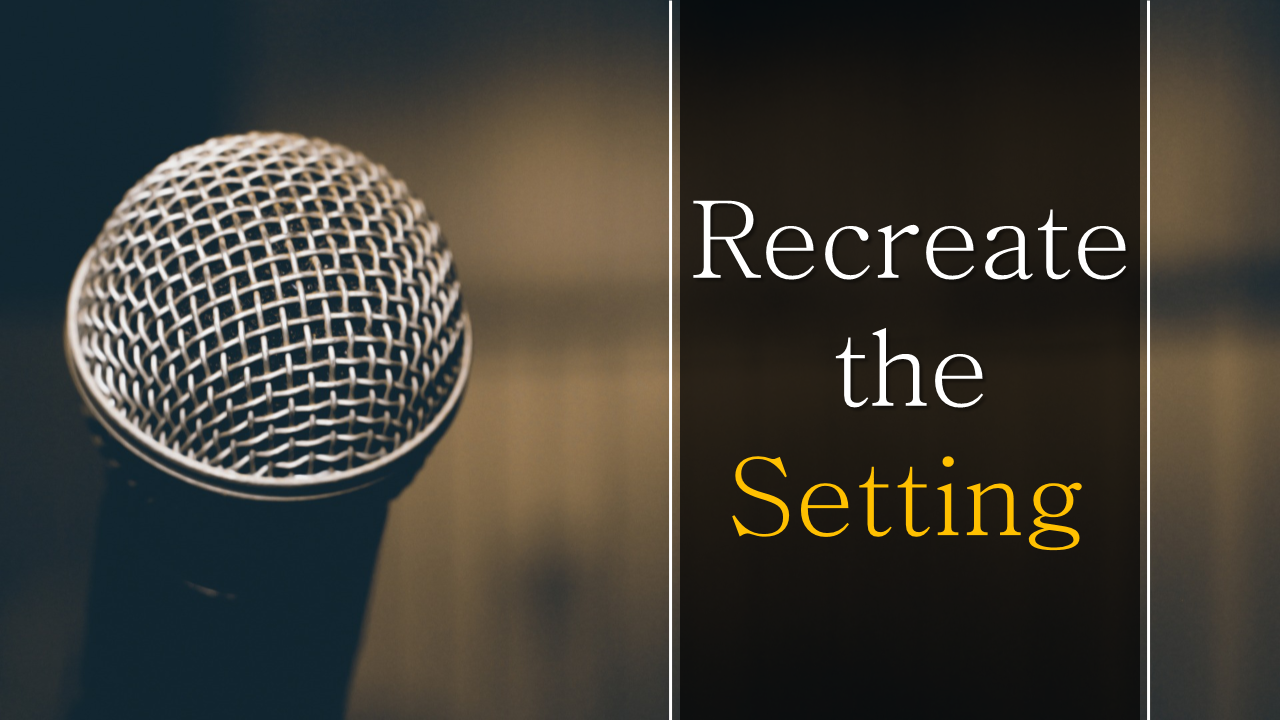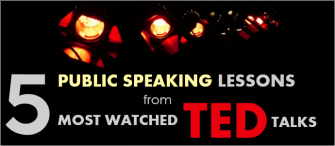Novice public speaker? It is okay to feel anxious whilst speaking in front of a lot of people. We all have dealt the fear of public speaking at some time or the other. But you know what there is always a way to brush up our skills. And here is the one. We will tell you some very fundamental public speaking tips which can help you become a pro at it. Not instantly, but yes gradually.
Ready to get the stage on fire.
Here’s how:
1) Think of an idea: Limit your talk to just ONE idea. One idea that your audience could connect to. Explain that one idea thoroughly. Share examples. Talk about it in detail. Be focused on your topic.
Let’s make it clearer. Take any personality for instance. Barack Obama, Warren Buffet, Malala Yousafzai. They always come on stage with a particular agenda. They talk about one thing at one time. Malala lays her focus on women’s rights and education. Warren Buffet discusses investment strategy, rules for success.
So the point here is to talk about a particular idea at one time.
2) Storytelling: Once you know the idea, work on the introduction. Start your speech or presentation with a Story that gathers everybody’s attention. Many politicians, entrepreneurs, celebrities start their speech with stories so that people can relate to them. Storytelling is one of the best way to market your ideas.
One such example is that of Steve Jobs. He started his speech with his own story.
Steve Jobs, 2005 Commencement Address at Stanford University: "Truth be told, I never graduated from college, and this is the closest I've ever gotten to a college graduation. Today, I want to tell you three stories from my life. That's it, no big deal—just three stories. The first story is about connecting the dots. I dropped out of Reed College after the first six months, but then stayed around as a drop-in for another eighteen months or so before I really quit. So why'd I drop out? It started before I was born."
Did you notice the smooth transition from story to speech?
Try to begin the speech with story.
3) Know your content: The best way to know your content is to write your content. Write down your speech. Understand the idea, concept, theory. Get hold of the words. Use 5 W’s and 1 H theory in your content. It can help you build the structure of the speech. Once you are comfortable with the speech, the more you can attract your audience. The more you can engage your audience, more are the chances of connecting with them.
4) Primacy and Recency: They are two rules of any speech. First thing you say is primacy and last thing you say is recency. Chances are you can immediately enthrall your audience with just these two rules. So try to memorize the introduction and conclusion part. Verily, they can turn tables for you.
How to make your Introduction and Conclusion interesting:
As mentioned in point number 2, start your introduction with story. You can also impact your audience in the beginning with some facts, statistics or factual statements.
While concluding, you can use quotes or leave your audience with a strong message.
5) Take notes with you: It is good if you have memorized (note: rote learning) not just the introduction and conclusion but everything. But to be on a safer side, keep notes with you. Keep sticky notes, cue cards, tabs, phones whichever is easier for you to carry. Keep the notes in order. Just in case, you forget something, take a look from the notes and get back in the game.
6) Get the message clear: To make sure your message is heard, say it again. Messages are more effective when repeated. In advertising, it is proven that more the advertisement run on tv, more it impacts the audience. For instance, Martin Luther King delivered historic speech in 1963. I have a dream speech where he talked about the equality of the African Americans in USA. He repeated I have a dream at least 5 to 6 times in his speech to put forward his message to end racism. In crux, we can say the more you repeat your message, chances are your message is heard by the audience.
7) Look them in the eye: Do not look down. Make an eye contact with your audience. It shows your confidence and sincerity. When you make an eye contact with the audience, they are more likely to listen to you and more likely to believe in you and in your idea. Making an eye contact is the best way to engage the people.
8) Be prepared for the tech failures: Hope for the best, prepared for the worst, implies here. Be prepared for the tech failures which are most likely to happen. Go with a backup plan. Get your speech or presentation in extra pen drive, in your email or tab. Other than this, when something goes wrong with slides, or prompter, keep smiling. People know these things can go wrong. Interact with your audience. Talk about the same topic or be casual in your conversation. Just fill the void.
9) Practice out loud: Practice, Practice and some more practice. Practice in front of the friends, family, colleagues, camera, and mirror. More you practice, more you get comfortable with the words. So keep practicing until D-day arrives.
10) Dry Rehearsals: If possible, go to the venue, get comfortable in the environment. Recreate the setting, get your material ready such as pendrive, laptops. Practice in front of the camera. Record yourself. Work on the problems.
11) Just breathe: Take a deep breath and think you can do it. Even if you mess up in between, put your mind at ease. They might not even get to know. Just go on and nail it.
These tips should give you a good start for your next speech. Pick each tip and work on them. They will definitely make you feel more confident about yourself and help you deliver a professional and fluent speech.
Share your experience preparing your speech in the comments below.
Good luck.


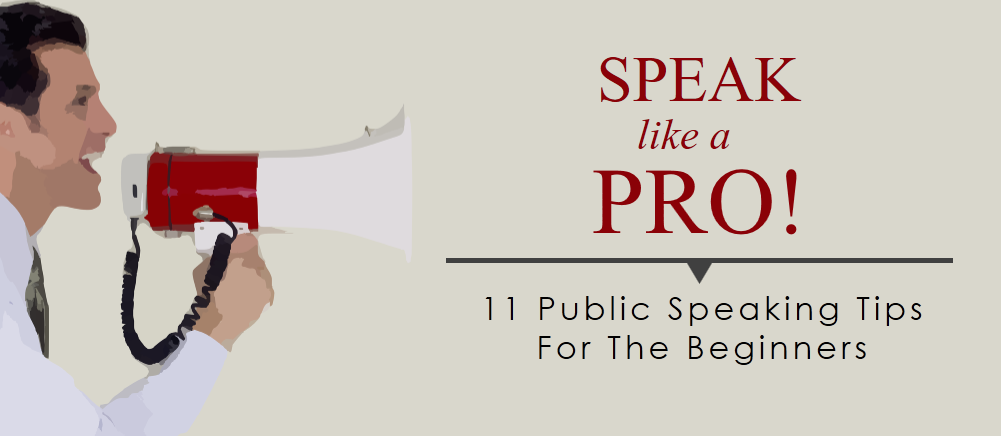


 Customer Reviews
Customer Reviews


